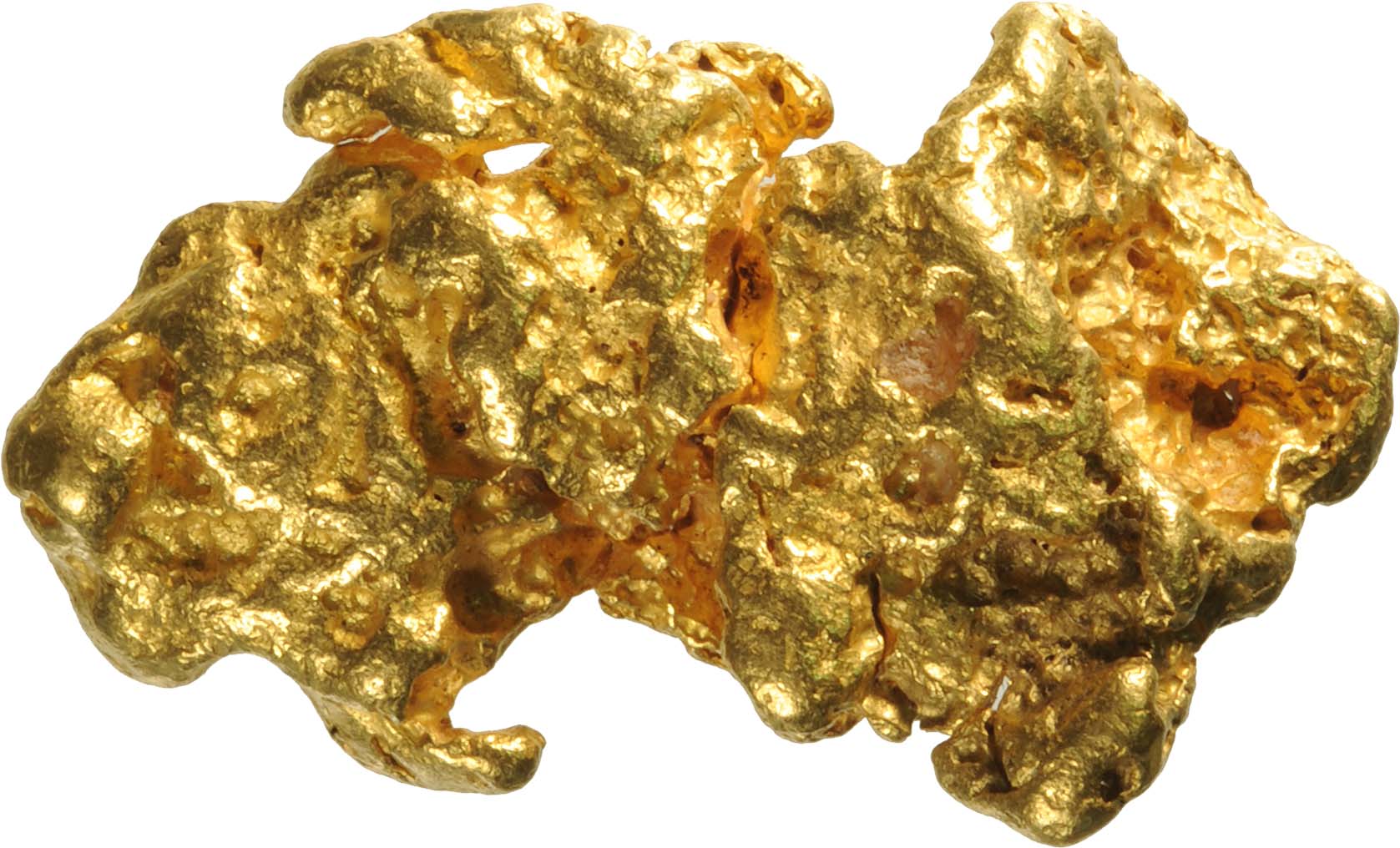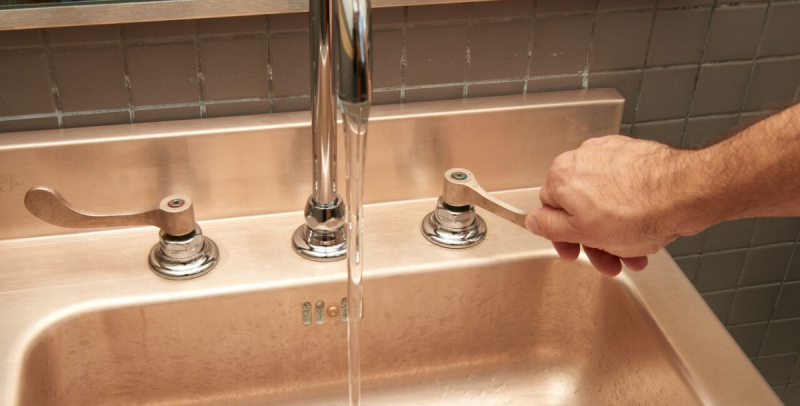Discover eight curiosities about mining in Colonial Brazil
Do you know where the first diamonds were found in Brazil? And how did the expression Santo do pau hollow come about? The history of mining in Colonial Brazil involves a series of interesting facts.
See below 8 curiosities about the period:
1) And isn’t it that, with the arrival of mining in Colonial Brazil, the Portuguese language replaced Tupi, thus becoming the most widely spoken language in the colony? This is because, due to this new economic activity, the number of Portuguese in the territory increased. Another change caused by colonial mining was the displacement of the Brazilian capital from Salvador to Rio de Janeiro, as it was closer to the mines. In addition, with the wealth brought by gold extraction, a new consumer class emerged in Colonial Brazil, the Brazilian middle class.
2) And where were the first diamonds found in Brazil? In the region of the Jequitinhonha River, in 1729. The river flows through the states of Minas Gerais and Bahia. The main production center was Arraial do Tijuco, currently known as Diamantina, in Minas Gerais.

3) Colonial mining was the setting for the origin of famous popular sayings. This is the case of the expression Santo do Pau Oco, used to designate disguised people. As taxes on gold and other precious metals were very high at the time, hollow wooden saints were filled with precious goods such as powdered gold. Thus, it was possible to pass through the Foundry Houses without paying the abusive taxes imposed on the Crown.
4) Speaking of taxes…did you know that the first tax in Brazil came about during the colonial mining period? Called the fifth, it stipulated that 20% of the wealth obtained in each deposit should be granted to the Portuguese Crown. But the system was very vulnerable and ended up being replaced, later on, by the feint, which consisted of sending 30 arrobas of gold per year to the Crown.
5) That the city of Ouro Preto, in Minas Gerais, has that name due to the local exploitation of gold, everyone knows. But the question remains: why ‘black’? The answer is simple: the gold in the region was covered with a layer of iron oxide, which gave it a different hue than normal. By the way, until 1823, the city was called Vila Rica.
6) Thanks to colonial mining, gold production in Brazil represented half of world gold production between the 16th and 18th centuries! And, of course, there were people who became very rich. Legend has it that a slave named Chico Rei managed to buy his own freedom and that of other slaves with gold smuggled from the Mina Encardideira, in Ouro Preto, where he worked.
7) What does the Industrial Revolution have to do with mining in Colonial Brazil? A lot of things! The gold was taken to Portugal and generated profit even for England, which would have financed the Industrial Revolution with part of the riches taken from the Portuguese colony. And it wasn’t just profit that gold extraction generated. With it came the arts, represented mainly by Aleijadinho, and the intellect. Children of Portuguese-Brazilian origin were sent to Portugal to study and, when they returned to Brazil, they brought with them the revolutionary and embryonic ideas of the French Revolution.
8) Colonial mining even affected the population flow in the territory. With the promises of wealth in the New World, an intense immigration of Portuguese to Brazil began. And the colony’s official population jumped from 300,000 to 3 million! Concerned about the growing number, the Crown even stipulated a law to try to manage the migratory flow.?
Source and Illustration: Vale S.A./Photo: Momondo






